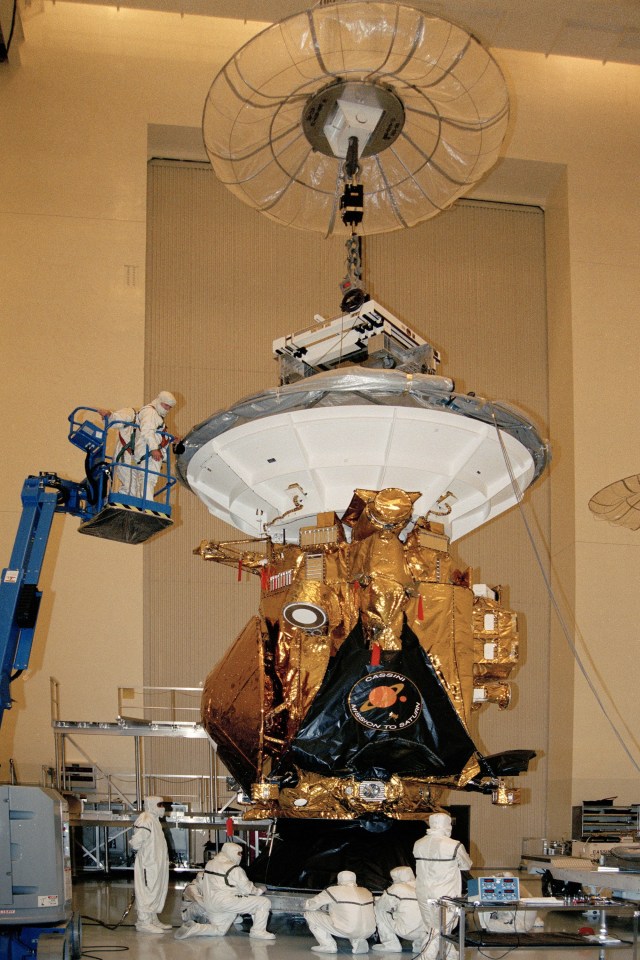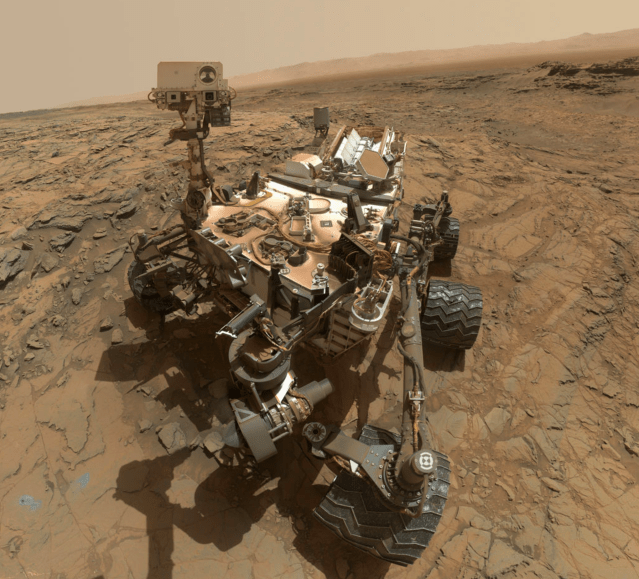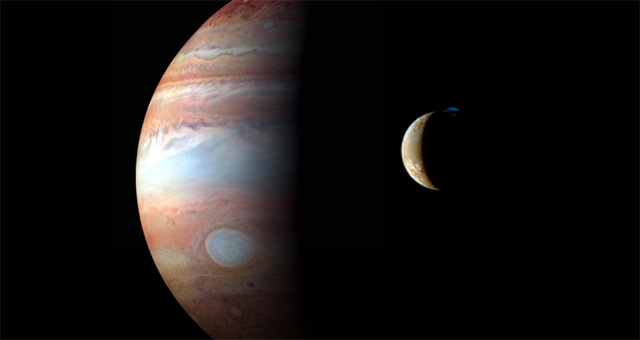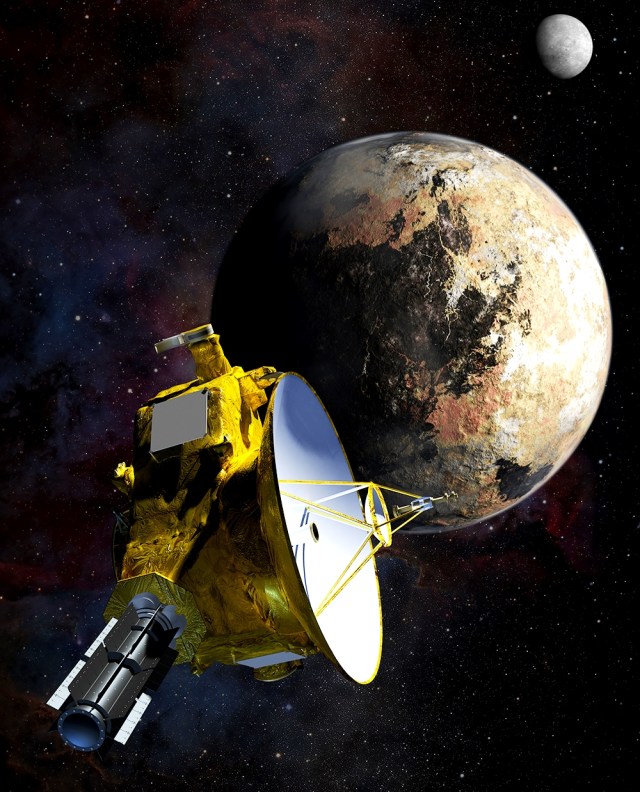NASA RPS-Enabled Missions from the NEPA Perspective
The majority of NASA satellites and interplanetary spacecraft are powered by chemical batteries, fuel cells and occasionally solar panels. Yet there are times when NASA determines that use of radioisotope power systems (RPS) are best suited to power a spacecraft due to the mission destination and science objectives. RPS generate electricity for use by the mission platform and its instruments allowing spacecraft to operate for decades in harsh environments without refueling.
RPS have successfully been used to power missions for over sixty years. This includes eight missions that have launched since NEPA implementing regulations were first established by The White House Council on Environmental Quality (CEQ) in 1978 (Title 40 CFR Part 1508) and the NASA NEPA Regulations were published in 1987 (Title 14 CFR Part 1216.3).
NEPA documents have been prepared for eight RPS-enabled missions, all which have successfully launched. These NEPA documents are included in the NASA NEPA Public Library. Since NEPA documents are presented by the mission title, it is not immediately evident which missions have been RPS-enabled. To facilitate the location of these documents, this site groups the NEPA documents that NASA has prepared in support of RPS-enabled and RHU-enable missions, specifically on the NEPA Documents for RPS-Enabled and RHU-Enabled Missions page, and provides additional links for readers to learn more about RPS and how they support NASA’s mission.

































